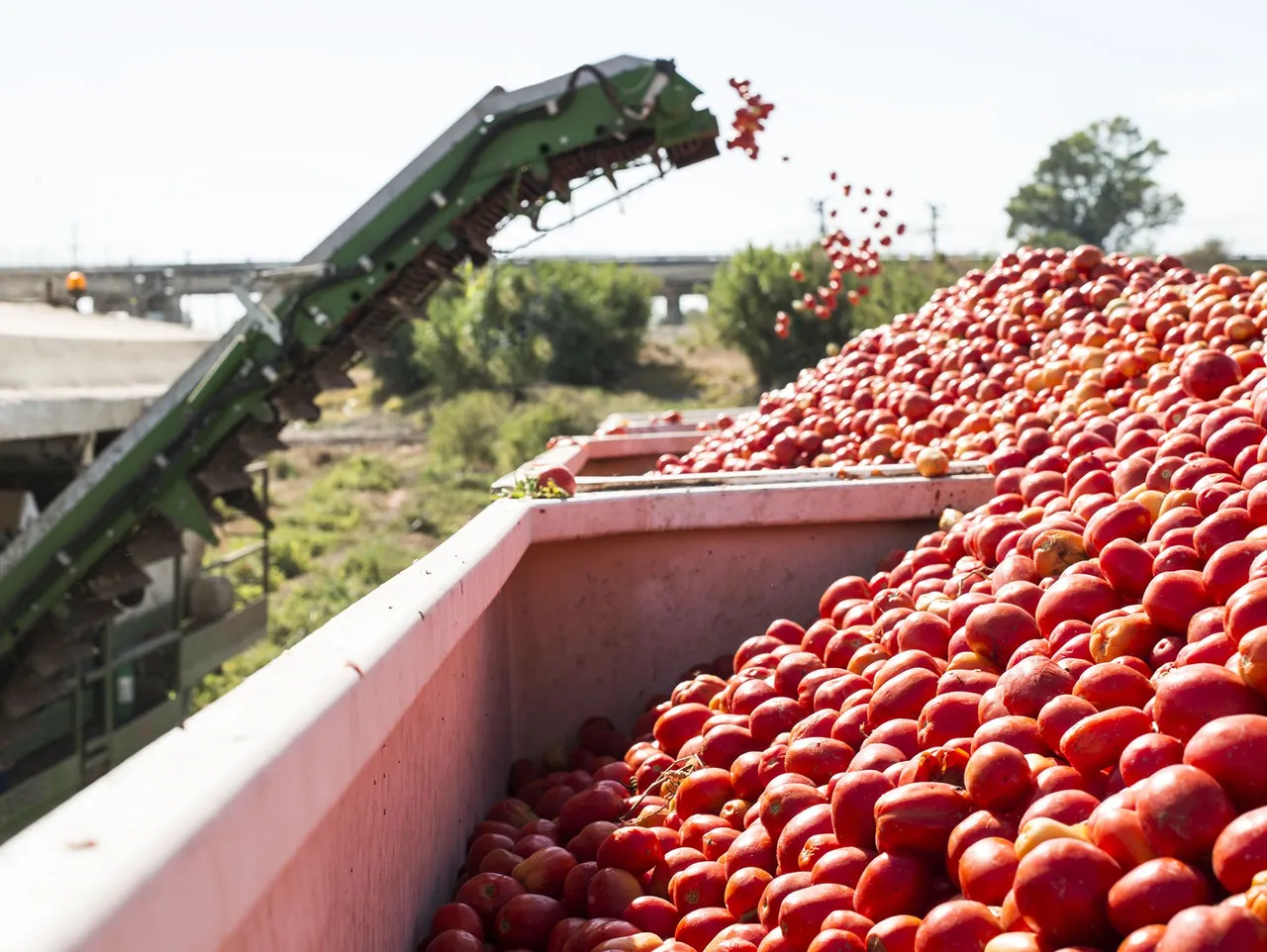
Back in the days tomatoes used to be juicy and with flavor. Nowadays we often find tomatoes that taste watery, bland, and strangely uniform. So what happened? The majority of it can be traced to how industrial agriculture typically works. One of the first major shifts to massive agriculture was producing mass quantities of food. So choosing tomato varieties that could endure a long journey from field to market, could last weeks on the shelf, and looked consistent. Taste wasn't part of the choice.
So producers began growing hybrid tomatoes that appear attractive and are strong, but were not selected based on taste. Many have been picked while still green and ripened with gas later for color. So while they present as tomatoes, they simply don't taste like a tomato anymore.
Most farmers don't even have a choice in what they grow. They are simply instructed by large food distributors and grocery chain store, dictated more by logistics. Therefore, there is a risk to the farmer to grow older varieties based on taste. Typically, these older varieties spoil faster, ship poorly and have been effectively pushed out of the market.
So we have food that is beautiful or "perfect" but not delivered in the important ways. And most people don't even know it, they are use to these tasteless tomatoes.
This is a small but direct illustration of what mass production and consumerist culture do. Convenience reigns supreme even when it is at the expense of food quality and connection to what we eat. The tomato is merely one victim in larger system that often prioritizes profit and scale before true human experiences.
References:
https://www.sciencedirect.com/science/article/pii/S0889157525007719